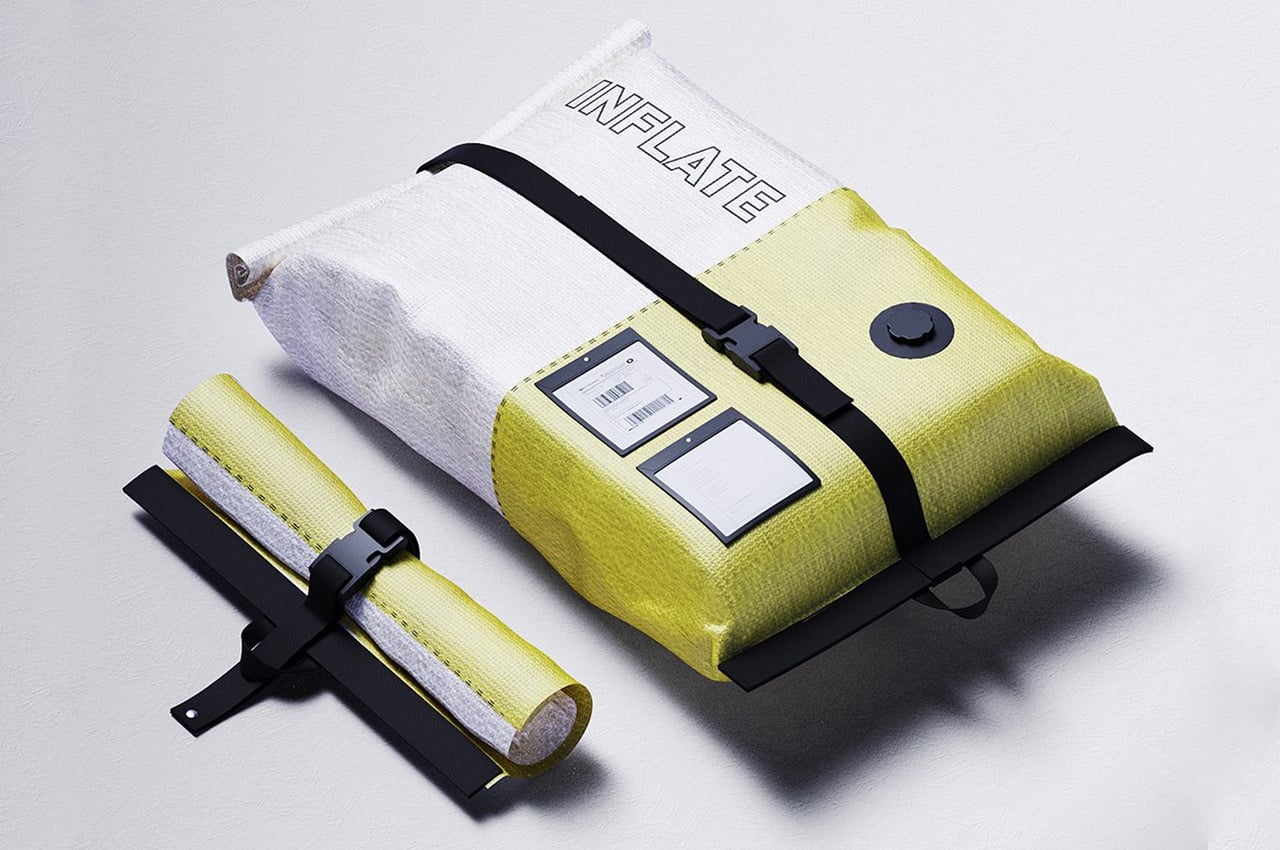
What do you do with the packaging material your favorite dress has just arrived in from Amazon? Once you have received the online order, the packaging material is thrown in the trash, right? It’s a story with each one of us, especially because most of the packaging is not designed with reuse or sustainability in mind. This is why the idea of creating home delivery packaging reusable sticks with us more keenly than anything else.
Ecommerce portals have grown exponentially over the last two years, during the pandemic, because they provide consumers unparalleled options and accessibility. With the increase in online shopping, the pileup of shipping cartons and plastic packaging material is also piling up in landfills. In such a scenario, if we watch closely, packaging has a single purpose – to deliver the item safely to the consumer – and when this purpose is over, packaging has no further usage and landfill is the ultimate destination.
Designer: Simon Chantrel
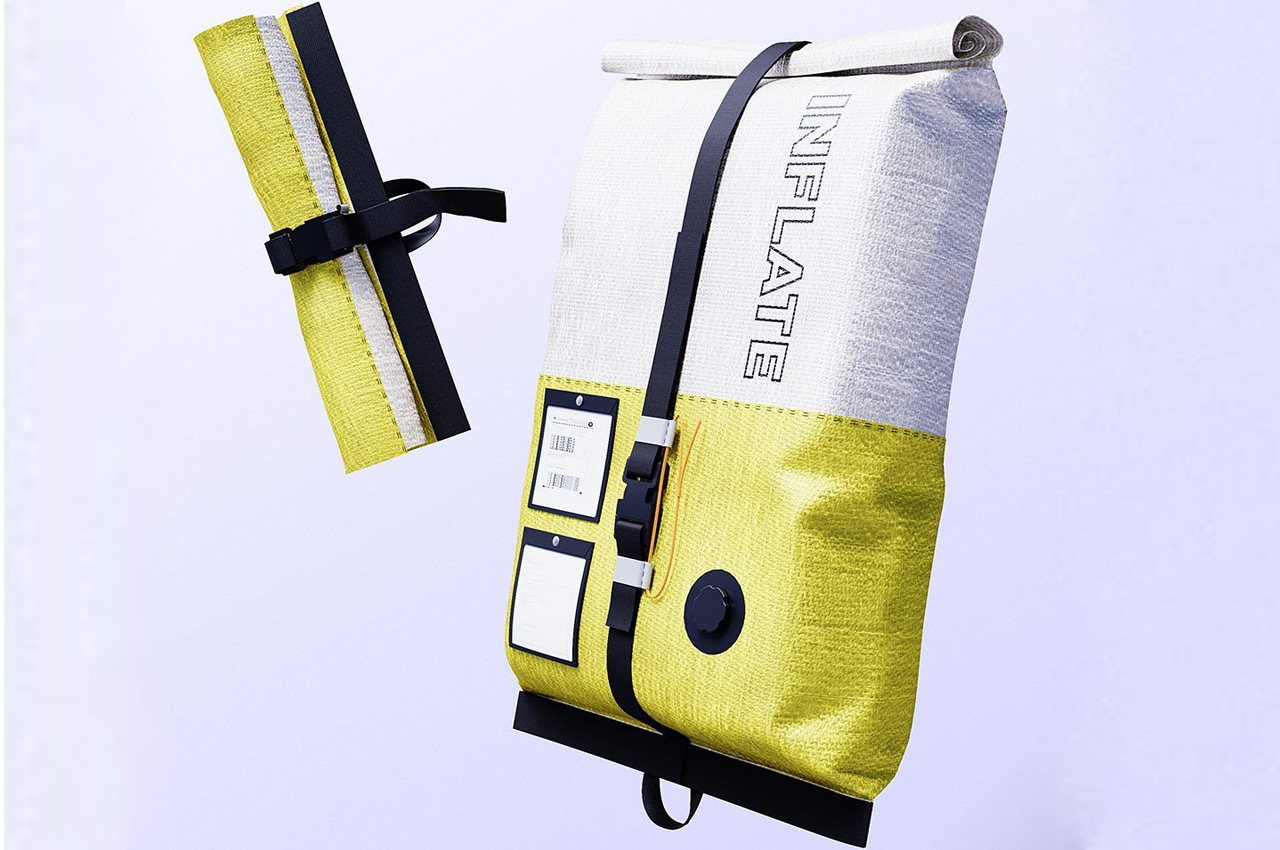
Considering over 100 billion deliveries happen each year, it’s a huge pile of packaging waste that we are discussing here. Through the INFLATE – a flexible and reusable delivery package – designer Simon Chantrel presents a very viable solution to this problem. The alternative to single-purpose packaging, INFLATE is made to be reused a number of times so it doesn’t have to retire after its single journey from an eCommerce store’s warehouse to your doorstep. It can, in fact, be returned and reused for another delivery… and then another… and another!
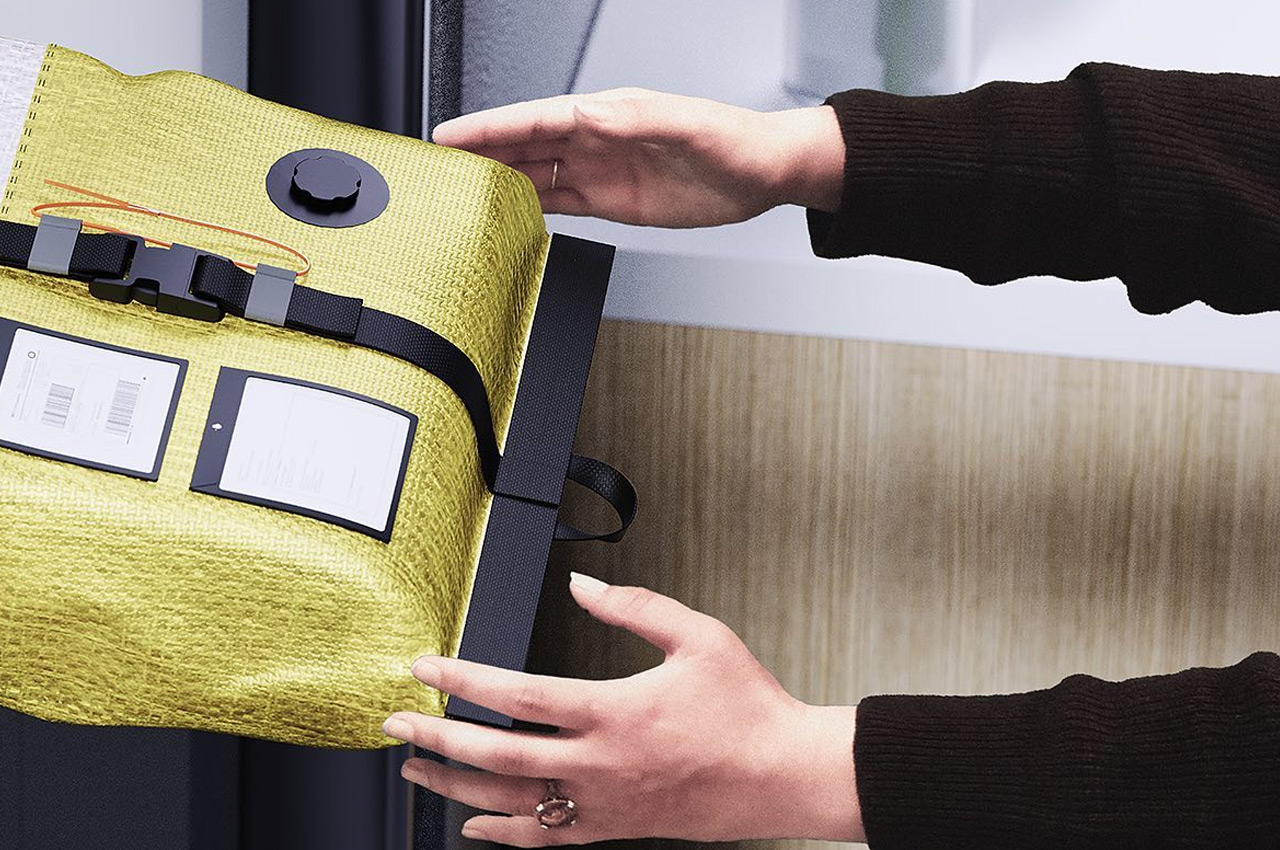
INFLATE we presume is made from recyclable canvas or polyethylene because of its tarpaulin-like material. The renders also depict, the packaging material is flexible and it can be inflated to the size of the item it’s going to carry. The inflatable packaging can adapt to its content and once delivered, it can be deflated and rolled back. The INFLATE can then be dropped at an external collection point or a deposit location so it can be reused to limit packaging waste accumulated because of deliveries in traditional packaging.
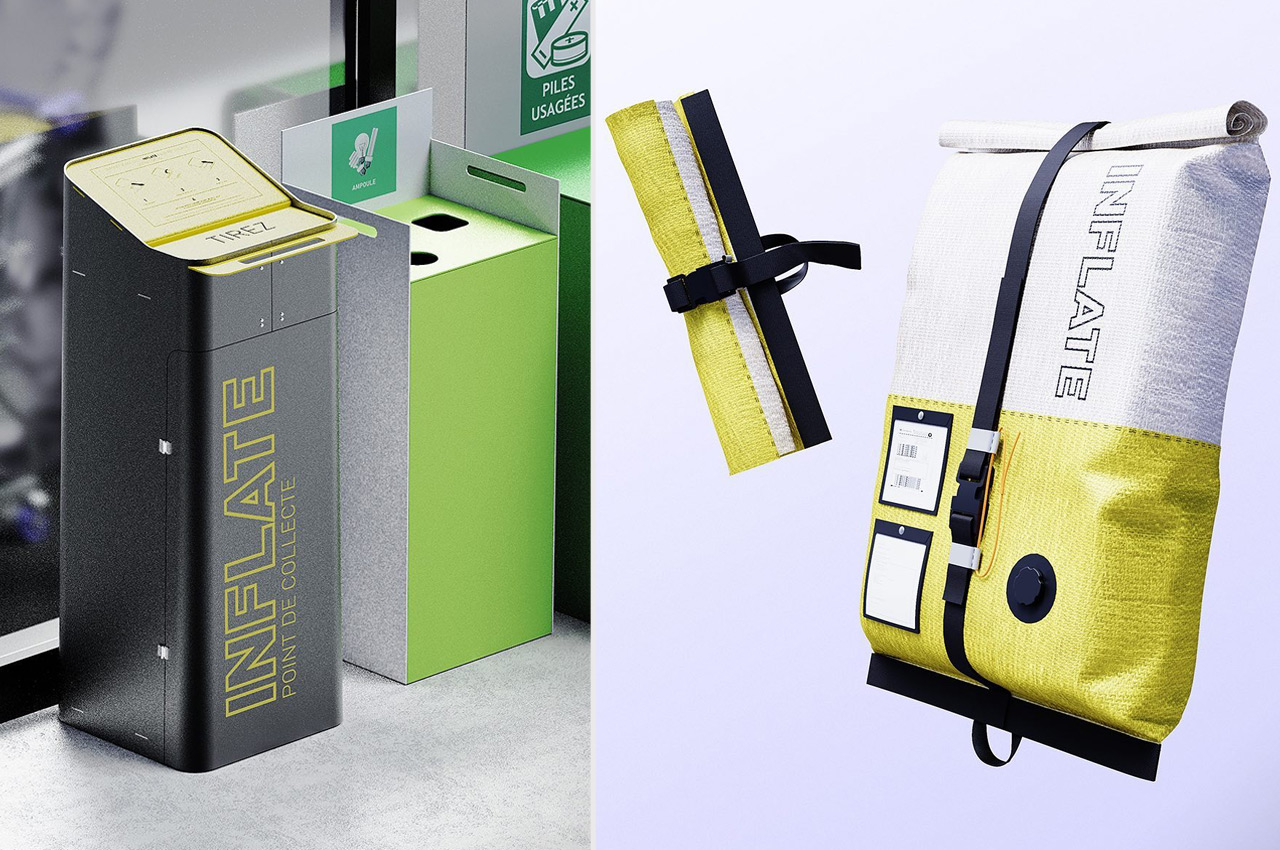
INFLATE intends to bypass the linear economy, where packaging material is used once in the delivery process and then disposed of. It takes delivery services toward a circular packaging economy where resources are reusable and can reduce the packaging waste to ultimately make the e-commerce sector greener.
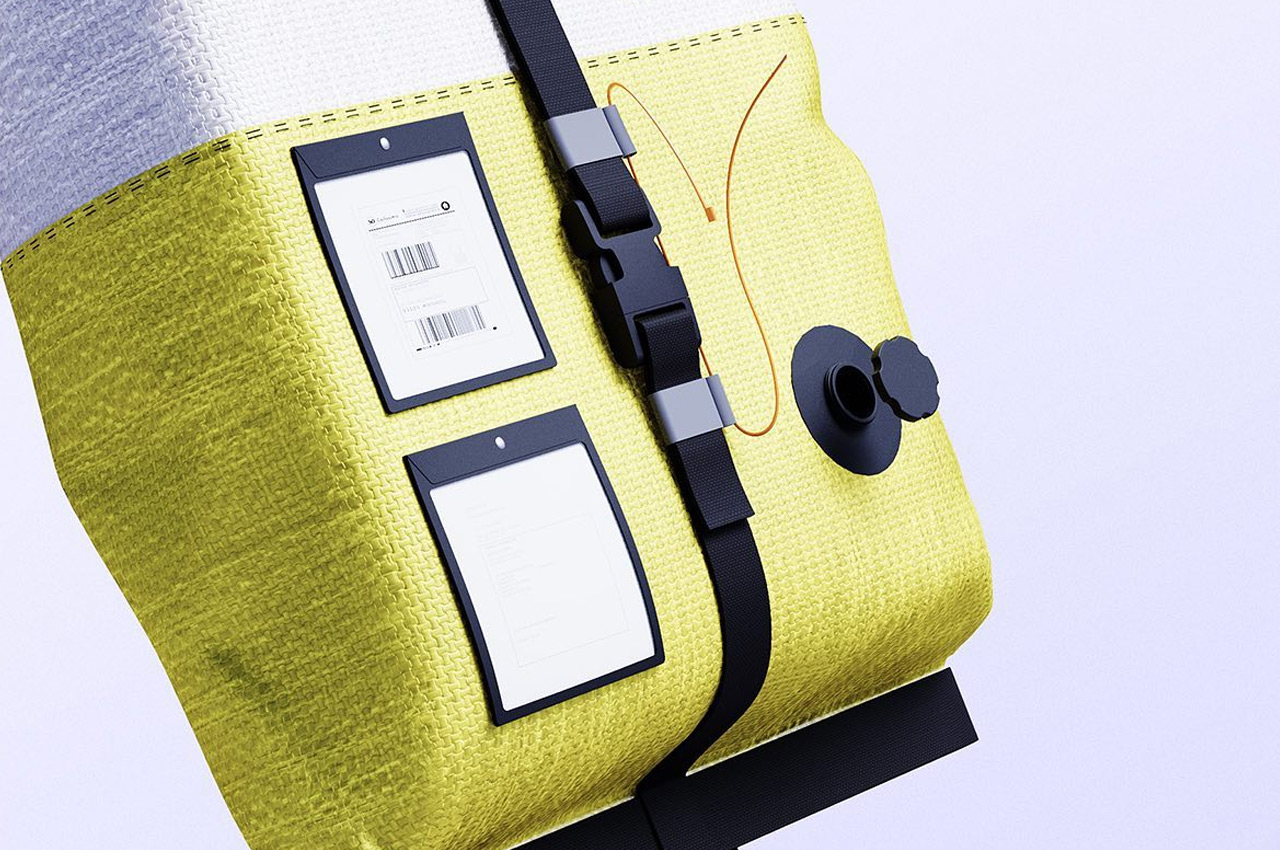
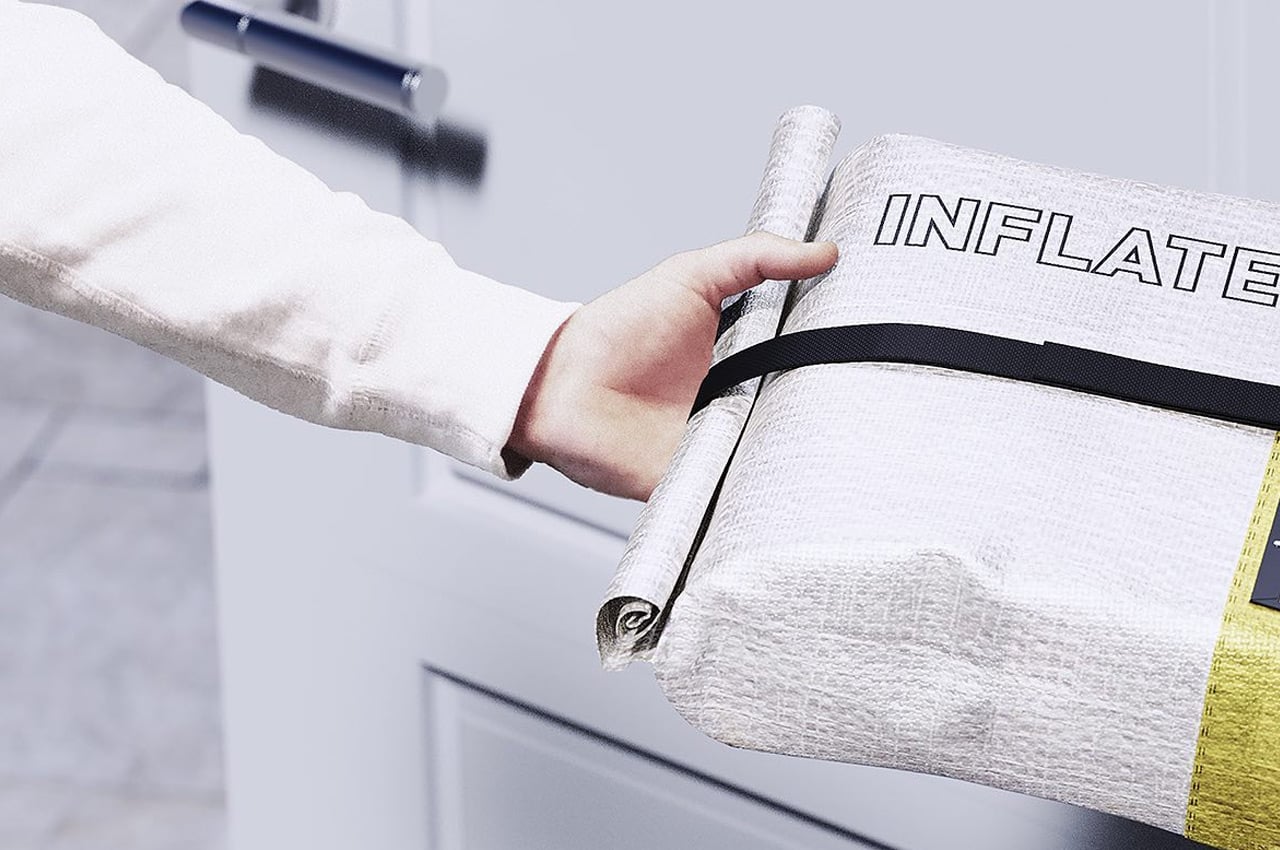
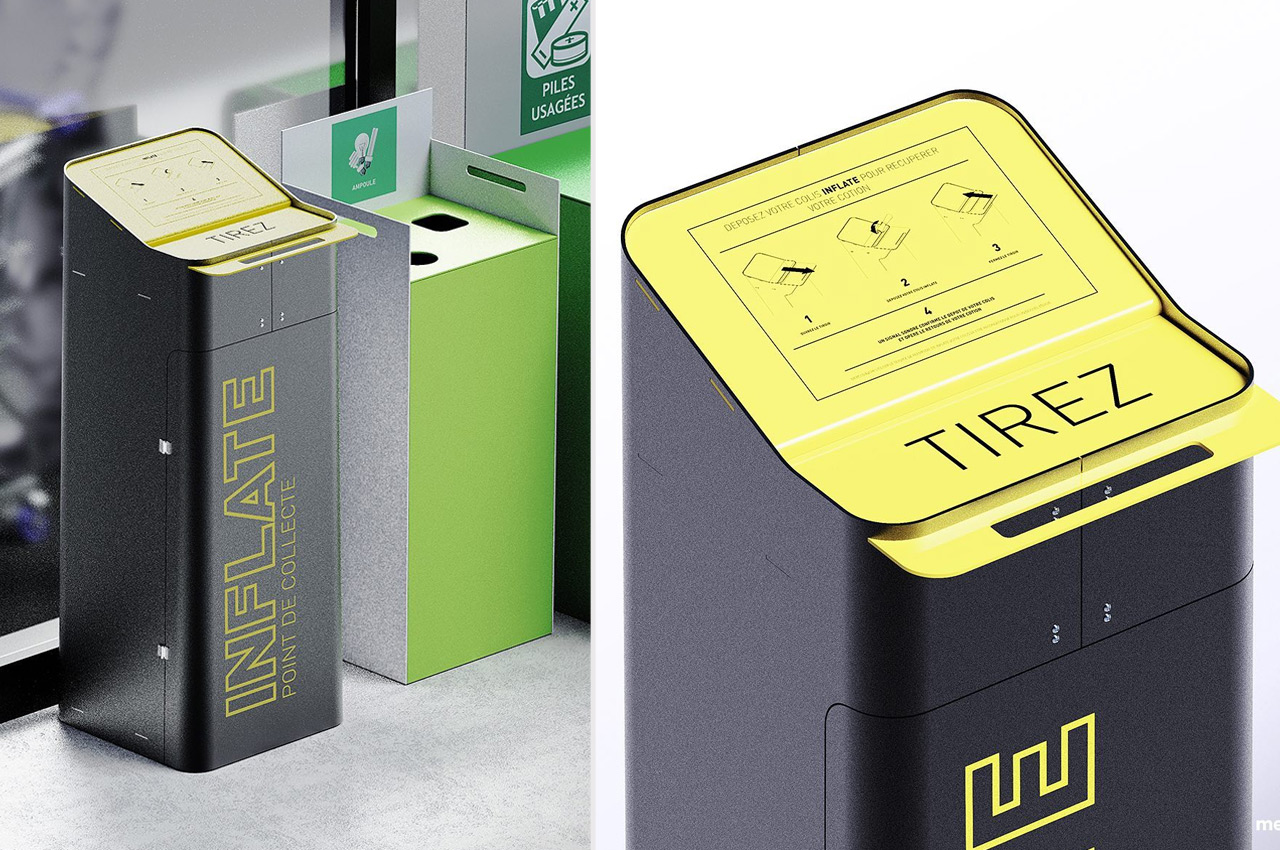
The post This reusable alternative to single-use packaging foresees a green future for the e-commerce sector first appeared on Yanko Design.























